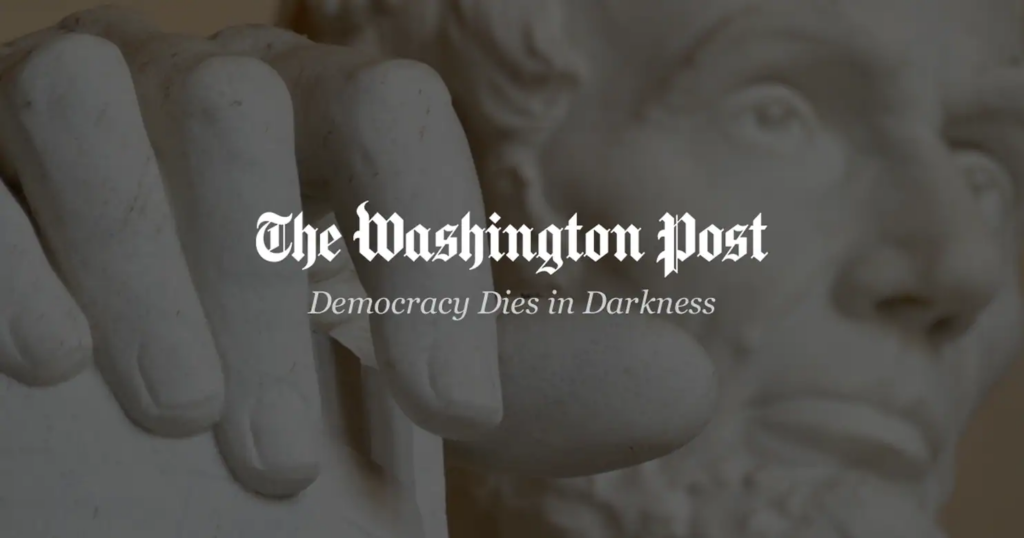Political aides and pollsters want the president to focus on popular achievements and proposals. Then there are the policy areas that pundits and newspaper editorial writers consider important; skip any mention of them, and the speech may get bad reviews. And there are the White House speechwriters, who want the whole thing to sound good, to have a theme, and to have memorable lines.
The result is always a laundry list that hops from one item to the next, rarely impressing anyone.
President Joe Biden’s first formal State of the Union Tuesday night (he addressed a joint session of Congress last year, but that didn’t count for obscure reasons) checked off each of these boxes. It was fine. Most of it wasn’t memorable. It will neither help him nor hurt him politically.
Here are some ways to think about it:
• The events of the last week required starting with Russia’s invasion of Ukraine. The timing worked out well for Biden. Every president is happy to start with something that draws enthusiastic bipartisan applause, and right now is something of a feel-good moment for solidarity with Ukraine, a moment that may or may not last. Naturally, the speechwriters and the president took full advantage. It also helps that while Biden did mention the particular policy choices he’s made, he was able to frame his remarks around support for Ukraine and opposition to Russian President Vladimir Putin, leaving Republicans who accuse him of lacking toughness with little choice but to cheer.
• The speech also came at a point in the pandemic that allowed Biden to strike a far more optimistic, even triumphant, tone than would have been possible six weeks ago, and even perhaps two weeks ago. The symbolism of Speaker of the House Nancy Pelosi and Vice President Kamala Harris sitting behind Biden without masks was perhaps more important than the words Biden used. Political scientists rarely find evidence of presidential speeches changing minds, but it’s at least possible that some Democratic viewers who have grown pessimistic about the coronavirus during the delta and omicron waves may take both the words and the symbolism as encouragement to start feeling better about it. (I wouldn’t expect any such reaction from Republicans, and of course far fewer of them tune in to hear a Democratic president’s speech, anyway).
• Speaking of Democrats: Large portions of the speech were directed mainly at them and their legislative priorities. That included a lengthy section boasting about the successes of last year’s big bills, the Covid relief measure that passed in March and the infrastructure bill that became law in November. Biden also, while acknowledging inflation, talked up the strong results on jobs and economic growth. It’s unlikely that he is going to jawbone his way to convincing people who currently give the economy bad marks to change their minds, but it can’t hurt to try. And then Biden laundry-listed his way through the Democratic agenda, ticking off items from his sidelined Build Back Better package and voting rights and abortion rights wish lists. Each of those initiatives has a strong constituency, and Biden would have made enemies by omitting them — whether they have a good chance of passing or not.
• The speech also had a healthy portion of what Biden seemed to regard as a bipartisan agenda. Crime and immigration were framed (or perhaps reframed) in terms meant to please most Democrats: support for cops and the most popular gun-control options; support for tough border control and for the most sympathetic categories of immigrants. Later, Biden packaged programs aimed at opioid abuse, mental health, veterans and cancer as a bipartisan agenda. It’s not clear that anyone (except perhaps Joe Manchin of West Virginia, the most skeptical Senate Democrat when it comes to programs favored by progressives) will respond much to that kind of talk, but then again it’s not apt to alienate anyone but the most liberal Democrats, either.
• As for Biden’s delivery? The president seemed to enjoy the ritual. He’s a more adept public speaker than some of his predecessors, notably Jimmy Carter and both George H.W. and George W. Bush, but is not nearly as good as Ronald Reagan or Barack Obama. Nor does he appear quite as comfortable speaking to the nation through a congressional audience as Bill Clinton was. (I suppose I should mention that, like all modern presidents except Donald Trump, Biden is competent at using a teleprompter and can actually read a speech without inserting numerous ad-libbed falsehoods.) Biden rushed himself at times, stepping on some applause lines. His youthful stutter has re-emerged as he’s aged (he’s 79) and is a challenge for him that probably explains why he messed up the flow of some lines and hit on a few words incorrectly (saying Iranians at one point when he meant Ukrainians, for example). Don’t read too much into any of this; it’s unlikely that even the very best or the very worst delivery would affect public opinion.
• One Year, 14 Metrics: The State of Biden’s Presidency: Bloomberg Columnists
• Biden’s Disappointing First Year: Bloomberg Editorial Board
• Don’t Panic, Joe Biden. Be Like Reagan: Jonathan Bernstein
This column does not necessarily reflect the opinion of the editorial board or Bloomberg LP and its owners.
Jonathan Bernstein is a Bloomberg Opinion columnist covering politics and policy. He taught political science at the University of Texas at San Antonio and DePauw University and wrote A Plain Blog About Politics.

